Home>Home Appliances>Kitchen Appliances>How Does An Espresso Machine Work

Kitchen Appliances
How Does An Espresso Machine Work
Modified: January 6, 2024
Discover how espresso machines work and the science behind brewing the perfect cup of coffee. Learn about the inner workings of these essential kitchen appliances.
(Many of the links in this article redirect to a specific reviewed product. Your purchase of these products through affiliate links helps to generate commission for Storables.com, at no extra cost. Learn more)
Introduction
Welcome to the world of espresso machines, where the aroma of freshly ground coffee beans and the sound of steam create an ambiance of pure delight. If you’re curious about how these remarkable machines work their magic to produce that perfect cup of espresso, you’ve come to the right place. In this article, we’ll take a fascinating journey through the inner workings of an espresso machine, uncovering the secrets behind its ability to extract rich, flavorful espresso and steam milk to velvety perfection.
Whether you’re an espresso aficionado or a curious newcomer, understanding the mechanics of an espresso machine can deepen your appreciation for this beloved beverage. From the pumping system that drives water through the coffee grounds to the steaming wand that froths milk for lattes and cappuccinos, each component plays a vital role in the espresso-making process. By unraveling the complexities of an espresso machine, we can gain a newfound admiration for the craftsmanship and engineering that go into creating this iconic appliance.
So, grab your favorite mug and get ready to explore the captivating world of espresso machines. By the end of this journey, you’ll have a comprehensive understanding of how these marvels of engineering transform humble coffee beans into a luxurious, aromatic espresso experience.
Key Takeaways:
- Dive into the world of espresso machines to uncover the fascinating ballet of precision engineering and sensory delight. From the pumping system to the steaming wand, each component contributes to crafting exquisite espresso and specialty coffee beverages.
- The espresso machine is more than just a kitchen gadget – it’s a conduit for passion, craftsmanship, and sensory delight. With each aromatic sip, appreciate the symphony of components and artful precision that transforms simple ingredients into a delightful sensory experience.
Read more: How Does A Manual Espresso Machine Work
The Basics of an Espresso Machine
Before delving into the intricate mechanisms of an espresso machine, it’s essential to grasp the fundamental components that make up this iconic appliance. At its core, an espresso machine is designed to force hot water through finely ground coffee, extracting the flavors and aromas that define a perfect shot of espresso. Let’s explore the key elements that form the foundation of every espresso machine:
- Portafilter: This essential component holds the coffee grounds during the brewing process. Typically made of metal, the portafilter features a handle for securing it into the machine and a perforated bottom to allow the extracted espresso to flow through.
- Group Head: The portafilter attaches to the group head, which is the interface between the machine and the portafilter. It is responsible for delivering hot water to the coffee grounds and extracting the espresso.
- Water Reservoir: Espresso machines are equipped with a water reservoir, which can either be removable or built-in. This reservoir holds the water that is used for brewing espresso and steaming milk.
- Control Panel: Modern espresso machines often feature a control panel with buttons or a touchscreen interface for selecting brewing options, adjusting temperature settings, and activating the steaming wand.
- Drip Tray: Positioned beneath the group head, the drip tray collects any excess water or spilled coffee during the brewing process, keeping the countertop clean and dry.
Understanding these basic components sets the stage for comprehending the intricate processes that occur within an espresso machine. From the moment water enters the system to the final extraction of espresso, each element plays a crucial role in delivering a delightful and aromatic shot of this beloved beverage.
The Pumping System
At the heart of every espresso machine lies a robust pumping system that is responsible for delivering pressurized water to the coffee grounds, initiating the brewing process. The pumping system is a critical component that ensures the proper extraction of flavors and aromas from the coffee, ultimately producing a rich and velvety shot of espresso. Let’s explore the inner workings of this essential mechanism:
The pumping system in an espresso machine can be categorized into two primary types: manual and automatic. Manual machines require the user to exert physical force, typically through a lever or piston, to generate the necessary pressure for brewing espresso. On the other hand, automatic machines utilize motorized pumps to achieve consistent and controlled water pressure, offering a more user-friendly experience.
Regardless of the specific pumping mechanism, the fundamental goal remains constant: to force hot water through the compacted coffee grounds at high pressure, resulting in the extraction of oils, flavors, and aromatic compounds. This process is essential for creating the signature crema and full-bodied taste that define a well-crafted shot of espresso.
Within the pumping system, the water is typically heated to the optimal brewing temperature, ensuring that it interacts with the coffee grounds under ideal conditions. This precise combination of pressure and temperature is instrumental in achieving the perfect extraction, balancing the acidity, sweetness, and bitterness of the espresso.
It’s worth noting that advancements in pumping technology have led to the development of sophisticated systems that offer precise control over pressure and flow rate, allowing baristas and enthusiasts to fine-tune the brewing process according to their preferences. Whether it’s a traditional lever-operated machine or a state-of-the-art automatic model, the pumping system is the driving force behind the art of espresso-making, delivering consistent and satisfying results with every extraction.
As we continue our exploration of espresso machines, the pumping system serves as a cornerstone of the brewing process, showcasing the ingenuity and precision engineering that elevate the simple act of brewing coffee into a captivating and sensory experience.
The Boiler
Central to the functionality of an espresso machine, the boiler plays a pivotal role in heating and maintaining the water temperature essential for brewing espresso and steaming milk. This critical component is integral to the consistency and quality of the beverages produced. Let’s delve into the inner workings of the boiler and its significance in the espresso-making process.
Espresso machines commonly feature one of two types of boilers: single-boiler or dual-boiler systems. Single-boiler machines utilize a single chamber to heat water for both brewing and steaming, requiring a temperature transition between these functions. In contrast, dual-boiler systems boast separate boilers for brewing and steaming, enabling simultaneous operation without temperature fluctuations.
Within the boiler, water is heated to the precise temperature necessary for extracting espresso, typically between 195°F and 205°F (90°C and 96°C). This optimal temperature range ensures that the coffee grounds are thoroughly saturated, promoting the extraction of flavors and aromas while minimizing the risk of bitterness. The ability to maintain consistent water temperature is a hallmark of a well-engineered boiler, contributing to the overall quality of the espresso.
Furthermore, the boiler’s thermal stability is crucial for producing velvety microfoam when steaming milk. By maintaining a steady temperature, the boiler facilitates the creation of lush, creamy milk foam that enhances the texture and flavor of specialty coffee beverages such as lattes and cappuccinos.
Modern espresso machines often incorporate advanced boiler technology, such as heat exchange systems or PID (Proportional-Integral-Derivative) controllers, to optimize temperature control and stability. These innovations elevate the precision and performance of the boiler, resulting in consistently exceptional espresso and steamed milk.
As we unravel the intricacies of the espresso machine, the boiler emerges as a cornerstone of its operation, embodying the fusion of art and science in the pursuit of crafting the perfect cup of coffee. With its ability to deliver precise water temperature and facilitate the dual functions of brewing and steaming, the boiler stands as a testament to the ingenuity and craftsmanship that define the world of espresso machines.
To make a good espresso, use freshly ground coffee beans and ensure the water is at the right temperature (around 195-205°F) to extract the best flavors.
The Brewing Process
Embarking on the journey from coffee grounds to a tantalizing shot of espresso, the brewing process within an espresso machine is a symphony of precision and artistry. This intricate sequence of events, orchestrated by the machine’s components, culminates in the extraction of rich, aromatic espresso that captivates the senses. Let’s unravel the captivating stages of the brewing process and explore the magic that unfolds within the espresso machine.
As the brewing cycle commences, the portafilter, filled with finely ground coffee, is securely locked into the group head of the espresso machine. Upon activation, the pumping system springs into action, propelling hot water through the compacted coffee grounds at high pressure. This pressurized infusion prompts the extraction of oils, flavors, and aromatic compounds from the coffee, resulting in the formation of the coveted crema – a luscious layer of emulsified oils that crowns the espresso.
The duration of the brewing process, known as the “shot pull,” is a critical factor in determining the flavor profile of the espresso. Typically lasting between 25 to 30 seconds, this timeframe allows for the optimal extraction of the coffee’s nuanced flavors while maintaining a balanced acidity and sweetness. The visual cues during this phase, such as the color and texture of the espresso as it flows from the portafilter, provide valuable insights into the extraction’s progress and quality.
Throughout the brewing process, the boiler’s precise temperature control ensures that the water maintains the ideal brewing temperature, contributing to the consistent and delightful character of the espresso. The result is a harmonious amalgamation of flavors, embodying the essence of the carefully selected and expertly roasted coffee beans.
As the last drops of espresso trickle into the awaiting cup, the culmination of the brewing process is a testament to the meticulous engineering and artful finesse that define the world of espresso machines. From the initial infusion of water to the emergence of the aromatic elixir, the brewing process is a captivating testament to the marriage of science and sensory delight.
With each shot of espresso, the brewing process unfolds as a testament to the craftsmanship and dedication that elevate the simple act of brewing coffee into an enchanting and immersive experience.
Read more: How Does A Stove Top Espresso Maker Work
The Steaming Wand
Adding a layer of versatility to the espresso machine, the steaming wand – also known as a steam wand or frother – is a transformative tool that opens the door to a world of specialty coffee beverages. This essential component enables the creation of velvety microfoam for lattes and cappuccinos, elevating the coffee-drinking experience to new heights. Let’s explore the functionality and artistry of the steaming wand and its role in crafting indulgent milk-based drinks.
The steaming wand is a slender, metal arm protruding from the espresso machine, typically equipped with a nozzle at its tip. When activated, it introduces steam into a pitcher of cold milk, initiating the process of frothing and texturing the milk to perfection. This transformative action, facilitated by the steaming wand, yields creamy, indulgent microfoam that serves as the foundation for a myriad of specialty coffee creations.
During the steaming process, the wand’s nozzle is positioned just below the surface of the milk, creating a whirlpool effect that evenly distributes the steam and incorporates air into the liquid. This aeration process is instrumental in producing microfoam – a delicate, velvety foam with a smooth texture that enhances the mouthfeel and flavor of the resulting beverages.
As the milk is gently heated and frothed, the steaming wand’s ability to maintain precise temperature control is paramount. This ensures that the milk reaches the ideal temperature for optimal flavor and texture, complementing the rich espresso in beverages such as lattes, macchiatos, and flat whites.
Modern espresso machines often feature steam wands with ergonomic designs and enhanced maneuverability, allowing baristas and home enthusiasts to craft intricate latte art designs with ease. The steaming wand’s versatility and finesse empower individuals to unleash their creativity, adding an aesthetic dimension to the sensory pleasure of enjoying specialty coffee drinks.
From the silky microfoam cascading into a freshly brewed espresso to the captivating designs adorning the surface of a latte, the steaming wand embodies the artistry and innovation that define the world of specialty coffee. Its transformative capabilities elevate the espresso machine from a mere brewing apparatus to a versatile platform for crafting indulgent and visually stunning coffee beverages.
Conclusion
Embarking on a captivating exploration of the inner workings of an espresso machine has unveiled the intricate ballet of precision engineering and sensory delight that defines this iconic appliance. From the foundational components that form the backbone of the machine to the transformative capabilities of the steaming wand, each element contributes to the artful alchemy of crafting exquisite espresso and specialty coffee beverages.
At the heart of the espresso machine lies a symphony of components working in harmony to orchestrate the brewing process. The pumping system, with its ability to generate precise pressure, serves as the driving force behind the extraction of rich, aromatic espresso. Meanwhile, the boiler, with its steadfast temperature control, ensures that the water is heated to perfection, laying the groundwork for the creation of delightful espresso and velvety microfoam.
As the brewing process unfolds, the espresso machine becomes a stage for the transformation of humble coffee beans into a sensorial masterpiece. The culmination of this process, encapsulated in each shot of espresso, is a testament to the meticulous engineering and artful finesse that define the world of espresso machines.
Furthermore, the inclusion of the steaming wand introduces a world of possibilities, allowing enthusiasts to explore the realm of specialty coffee beverages. From lattes adorned with intricate designs to indulgent cappuccinos, the steaming wand adds a layer of creativity and artistry to the espresso machine, elevating the coffee-drinking experience to new heights.
As we conclude our journey through the inner workings of the espresso machine, it becomes evident that this beloved appliance is more than a mere kitchen gadget – it is a conduit for the expression of passion, craftsmanship, and sensory delight. Whether in a bustling coffee shop or the comfort of a home kitchen, the espresso machine stands as a testament to the art and science of coffee, inviting enthusiasts to embark on a journey of exploration and indulgence with every aromatic sip.
So, as you savor that next cup of espresso, take a moment to appreciate the symphony of components and the artful precision that converge within the espresso machine, transforming simple ingredients into a delightful sensory experience. For within the confines of this remarkable appliance, a world of flavor, aroma, and creativity awaits, ready to captivate and inspire with each and every brew.
Frequently Asked Questions about How Does An Espresso Machine Work
Was this page helpful?
At Storables.com, we guarantee accurate and reliable information. Our content, validated by Expert Board Contributors, is crafted following stringent Editorial Policies. We're committed to providing you with well-researched, expert-backed insights for all your informational needs.
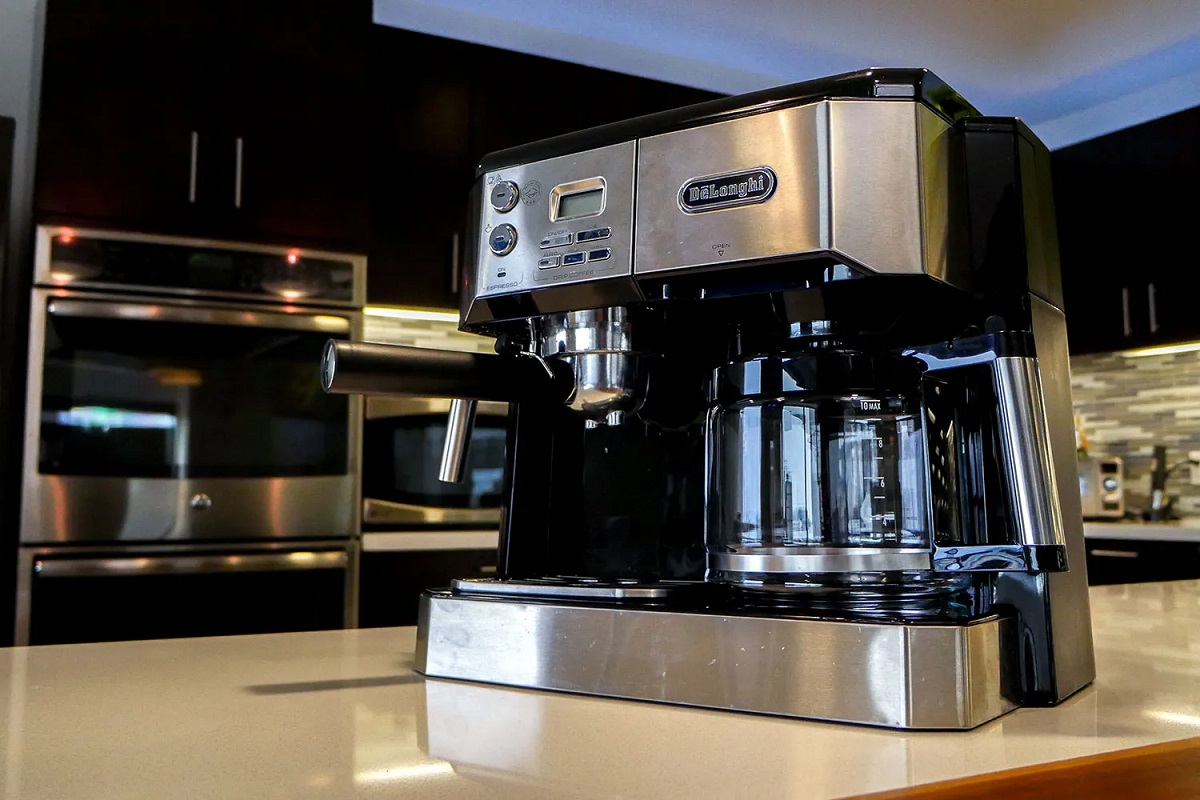
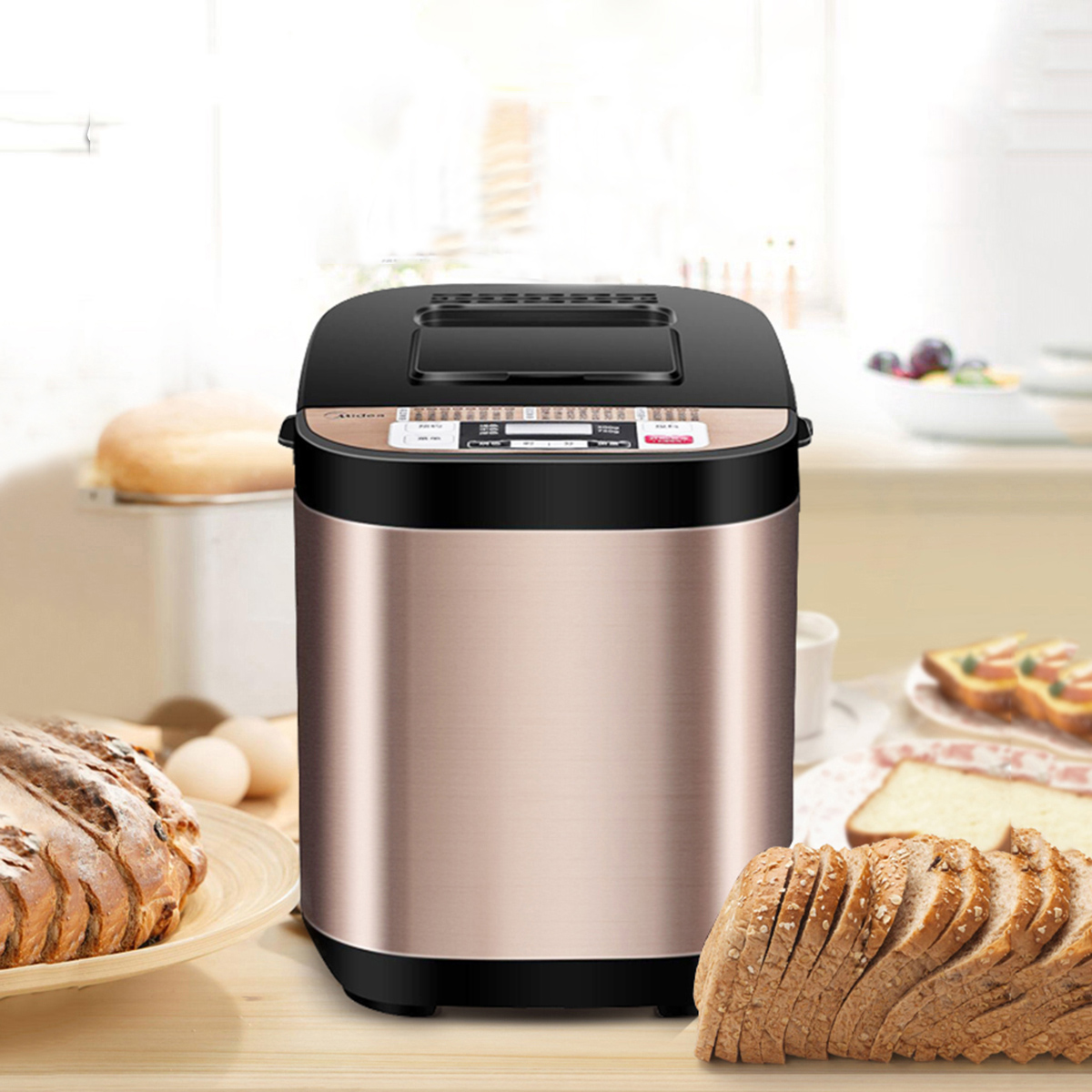

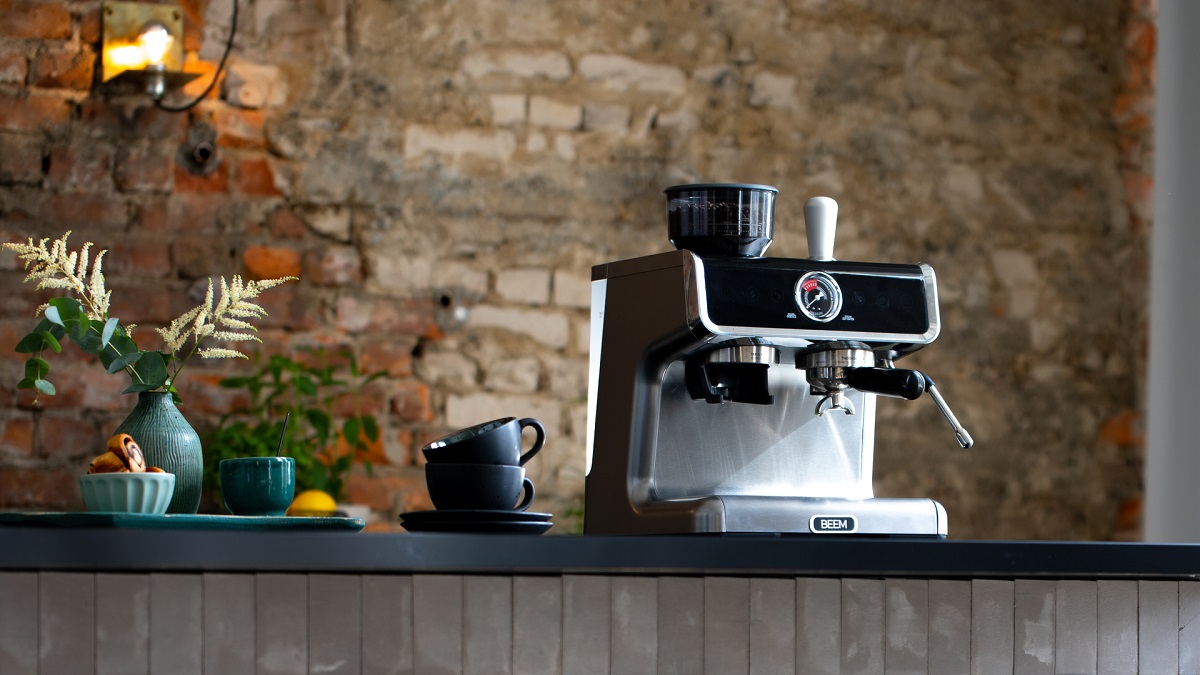
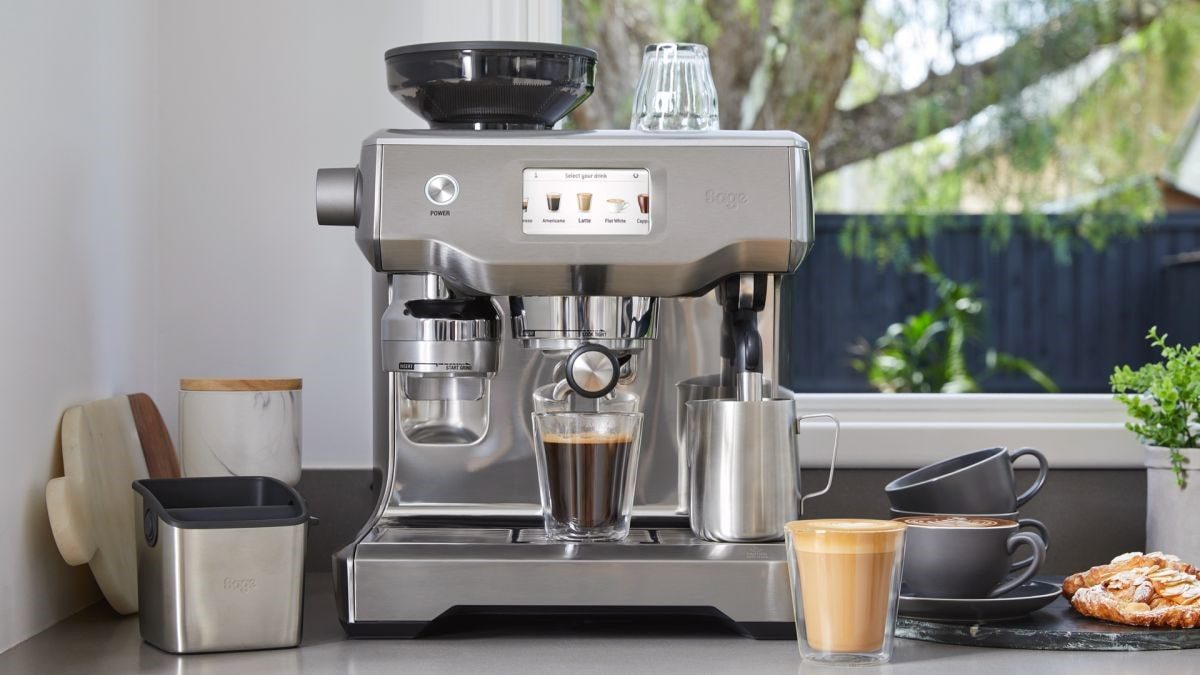


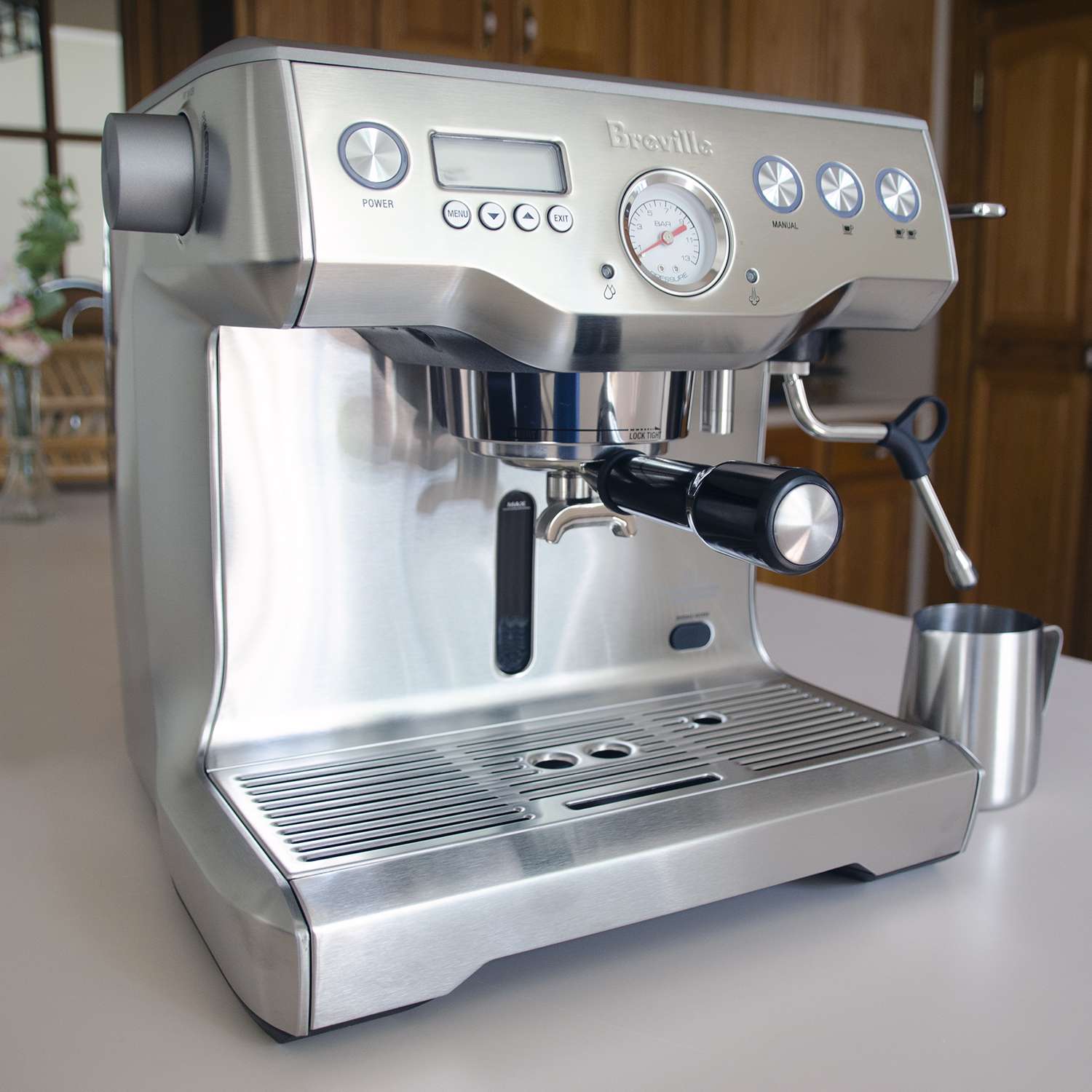
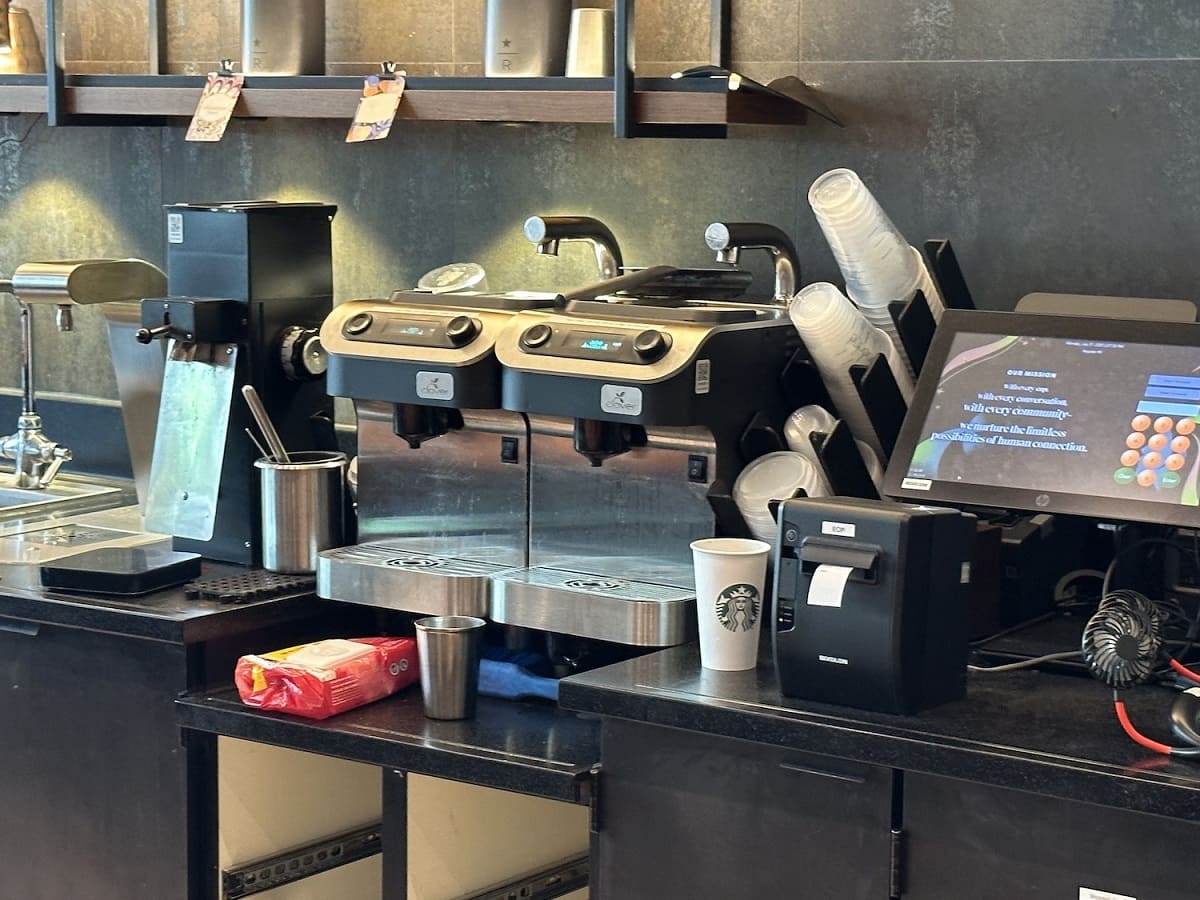


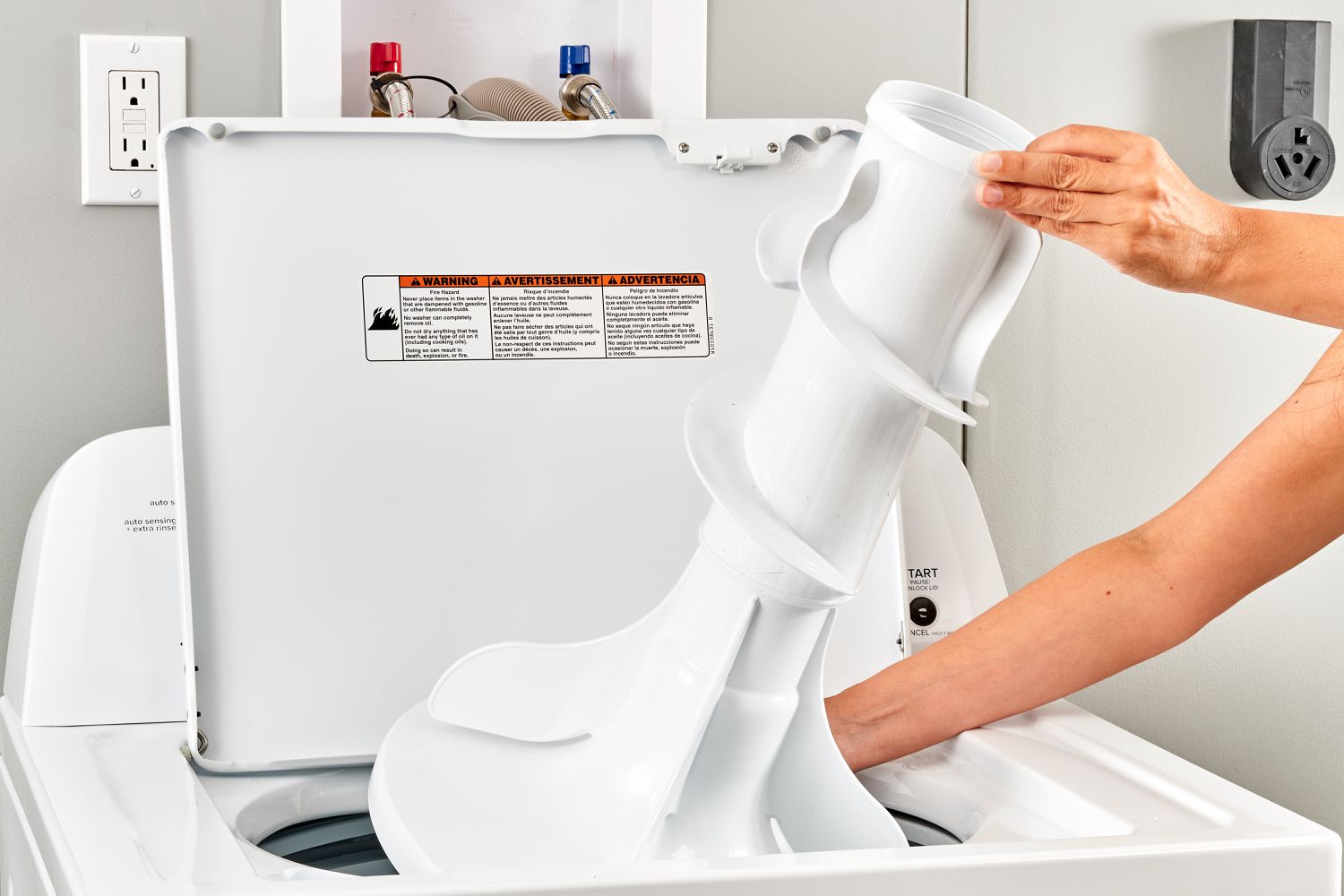
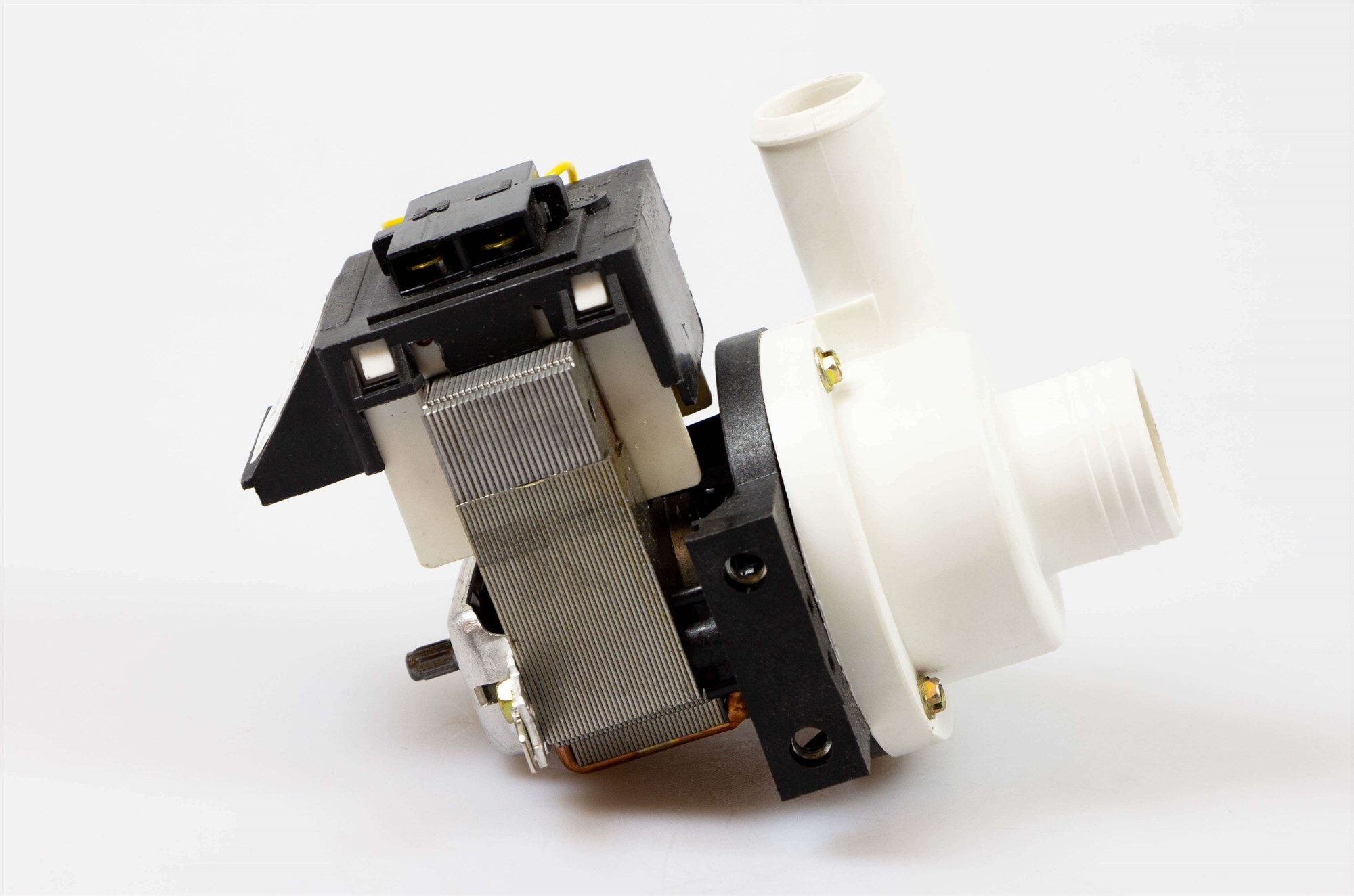


0 thoughts on “How Does An Espresso Machine Work”